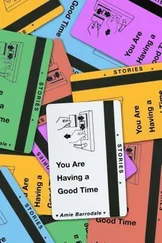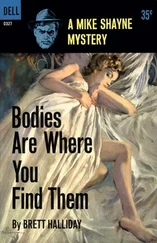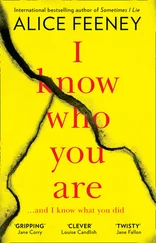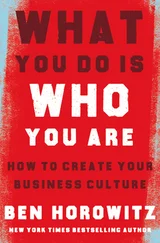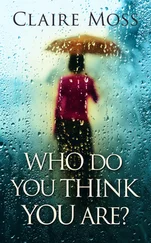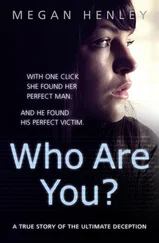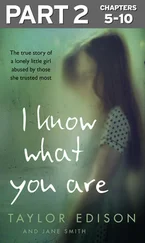Three minutes of footage, shot in August of 1973, exactly one year before Nixon resigned. There are several notable things about this short film: (1) My mother looks relaxed and happy. Half of her face is obscured by the hat, yes, but the smile she wears is an irrepressible one. She is laughing at her older daughter, squeezing her younger one. She is all lightness and joy. (2) The camera lingers on her lovely legs for at least four seconds, which suggests that my father the auteur was, at this point, still very much in love with (or at least attracted to) my mother. (3) My sister is alive.
Just three months after this scene on the beach, Izzy died of meningitis. It was the sort of freak occurrence about which every parent has nightmares: a sudden fever that won’t go down, a frantic call to the pediatrician—supposedly one of the city’s best—and six hours later, despite said pediatrician’s reassurances that “it was nothing to worry about,” a visit to the emergency room at Georgetown University Hospital, where my sister’s meningitis was diagnosed too late to save her. It had already infected her spine and her brain.
This happened on November 7, 1973: my first birthday. Forever after that it was tainted. My parents could never bring themselves to celebrate it convincingly. During every subsequent birthday, they would excuse themselves at various points and disappear into their own private corners to grieve. At my fifth birthday party—the first one I remember—I could hear my mother’s wails from the laundry room in the basement. The sound was so alarming that the clown who had been hired to make balloon animals kept popping her creations. She seemed skittish. “Why is your mom crying?” the kids from my kindergarten class wanted to know. “I had a sister, and then she died,” I said. I used to deliver this information matter-of-factly. It was no more weighty than the fact that our house was stucco or that my father was British. I was three when my parents told me I’d had a sister, and it was a relief to know that there was an explanation for the absence I’d felt for so long in my limbic memory. I’d reach for a baby doll—a doll I later learned had belonged to her—and picture it cradled in another set of arms. Sitting beneath our dining-room table once when I was four—I liked to crawl into private spaces to play—I was overcome with déjà vu. I was sure I had sat in the same spot with Izzy. It must have been just before she died. I must have been eleven months old. I could almost hear a breathy, high-pitched voice urging me to “smile, little Sarah, smile!”
And soaking in the tub, even now as an adult, I sometimes sense the memory of bath time with my sister. My foot touching hers under the water as the tub filled, the sight of her leaning back to tip her blond head under the faucet. Letters of the alphabet in primary colors stuck on the porcelain sides of the tub, arranged in almost-words, and my mother crouched on the floor beside us, her sleeves rolled up so that her blouse didn’t get wet as she washed our hair. And after we were pulled from the water, did we wriggle free of our towel cocoons and chase each other around the house naked? Did I make her laugh? I have no proof that it didn’t happen. I feel certain it did.
Intuitively I knew that something was missing long before I knew how to articulate it. Long before I knew that most people’s parents slept in the same bedroom, that most people’s mothers weren’t afraid to leave the house, that some children had never seen their parents cry, I knew that something was off in my family. “Your poor parents,” people would say to me when I was older and I told them the story. But no one seemed to understand that I felt the loss, too. My sister was in heaven, my mother said, with my mother’s parents, who also died too young for me to meet them. I mourned the sister I didn’t get to know. I longed to share secrets and clothes. I wanted a co-conspirator. I was jealous of the kids with siblings, who rolled their eyes at each other behind their parents’ backs, who counted on the unconditional loyalty only a sister or a brother can provide.
I loved watching that film of my sister. My parents had bought the camera right before that beach trip, so there is no earlier footage of her. There are some photographs, of course, but it was a thrill for me to see her move. Her right hand ebbed and flowed through the air, replicating the motion of the waves behind her. Her body language was like a tide pulling me in; I recognized it somewhere deep inside myself. If she had lived, I know that we would be the kind of adult siblings about whom people say, “Their mannerisms are the same.”
My mother liked to watch our home movies every Saturday night, but screening them was a labor-intensive process. You had to set up the projector on the end table we used as a base, thread the reel through the machine—“Careful, careful!” my mother would say to my father—and sometimes, when the projector overheated, the film would burn and darkness would spread across the image on the living-room wall. It was terrifying to watch the dark blot fill the screen, as if our past were being annihilated right in front of us. It happened so quickly: one moment bright with life and then, suddenly, nothing but darkness. We lost many precious moments in this way—“Stop it, stop it, turn it off!” my mother would cry as my father fumbled with the projector, trying to save the rest of the reel from being fried—including the establishing shots of Izzy on the beach. A zoom into her cherubic face and then we watched that face melt. “My baby girl!” my mother whimpered while the loose strand of film flapped hysterically and my father struggled to turn off the machine. The manic whirring stopped, and then we were all quiet as my father put the reel away in its gray steel case.
“Sometimes I think we should just let it burn,” he said one evening.
“It’s the only one we have of her,” said my mother.
“But we’ve got to let go, Alice. We’ve got to look forward.”
She launched her iciest stare at him. “Is there something better on the horizon?”
I could tell he wanted to erupt. I don’t know if he locked up his rage because I was in the room or because he had already given up on my mom.
We didn’t watch the Izzy footage again after that—my mother was afraid the rest of the reel would be destroyed, so she hid it inside a hatbox in her closet. But when I was old enough to operate the projector, I sneaked late-night viewings of my sister. I would wait until I was sure my mother was asleep and then creep into her dressing room. She kept the hatbox on the top shelf, and as I reached for it, my hand would graze the silks of the dresses my mother had long ago stopped wearing. She retired her glamour when my sister died. (“You may not believe this,” my father said, “but at Radcliffe your mother was always the life of the party.”)
In the dark of the living room, where I set up the projector in the same place we always watched home movies, Izzy’s sequence of movements—turn, turn, fall, kneel—became a sort of meditation. I realize that I see all my memories this way. Everything I remember unspools in the flickering silence of Super 8 film. Each scene begins with the trembling red stripe of the Kodak logo and ends with the sound of the reel spinning, spinning, spinning until someone shuts it down.
I MET JENNIFER JONES in 1980.
It was the summer of the Moscow Olympics, and I was devastated that the American athletes were denied the chance to compete because of the boycott. I was a gymnast then, and although I was not good enough to be an Olympic hopeful—I was too tall and too scared of turning somersaults on the balance beam—there was an older girl named Amanda at my gymnastics club who had made the U.S. team. She was sixteen; by the time the L.A. games rolled around, she’d be twenty and past her prime.
Читать дальше

